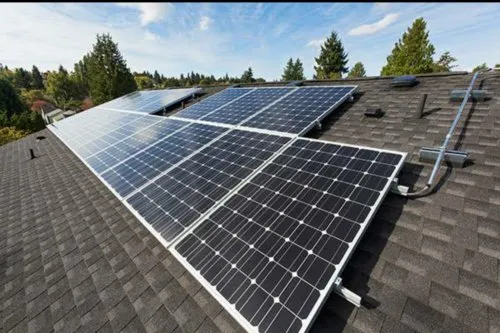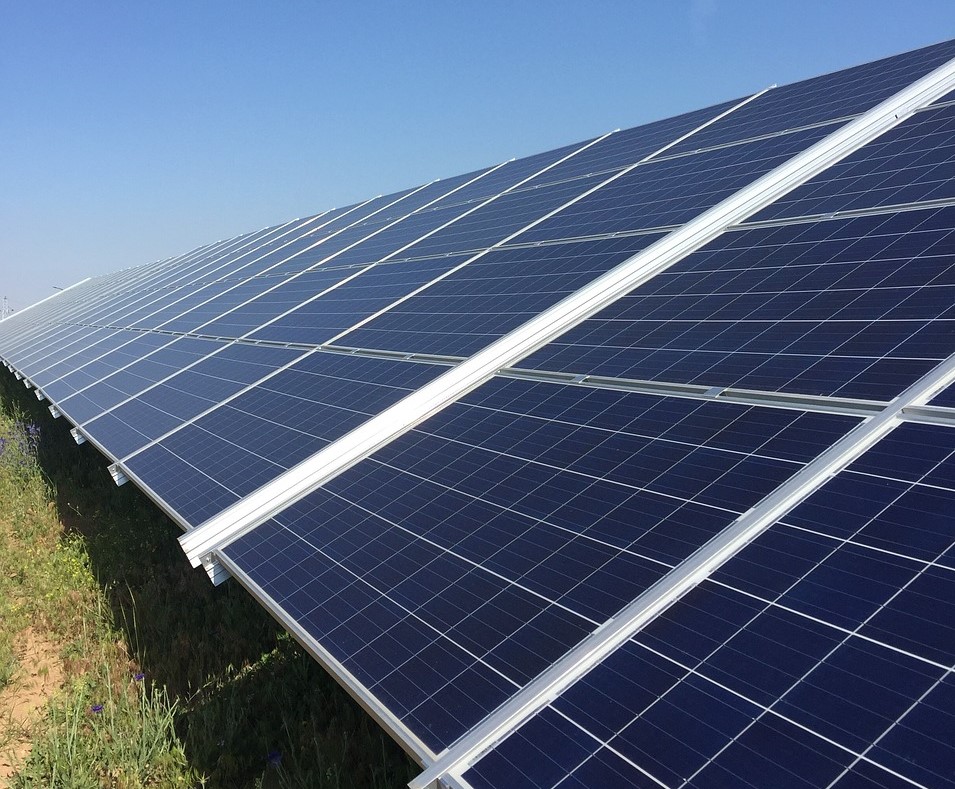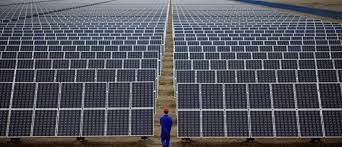The solar-battery-EV dream
The UniSA researchers calculated that when solar panels were added, around 20% less energy was imported from the grid and, with batteries, the figure was around 83%. When EVs were added, the amount of energy consumed rose significantly but grid consumption could be reduced by around 89%.
“Our results demonstrate that households with petrol cars can reduce their annual energy costs by 6.71% using solar panels, and by 10.38% with the addition of a battery system,” said Aziz. “Replacing petrol-based cars with electric vehicles can reduce annual energy costs by 24% and 32%, respectively. The most significant reduction (39.6%) can be achieved with off-peak charging.”

In countries with cheap, EV-specific electricity tariffs, the equation changes.
“The cost of electricity at these times is significantly cheaper than normal-rate electricity and therefore reduces the benefit of using your own solar electricity,” says Ryan Fisher, BNEF’s lead EV charging analyst.
For instance, OVO Energy’s Anytime EV charging rate in the United Kingdom is GBP 0.10 ($0.13)/kWh. This compares to an average electricity rate of GBP 0.35/kWh to GBP 0.40/kWh, in addition to the energy provider’s promise to calculate the greenest time to charge from the grid, within limits set by customers.
“If we take an average of 3 MWh per year, and said all of that was avoided by using home solar, and that there were no losses, that would require a large portion of the yearly solar production for a 5 kW solar system, estimates say around 4.5 MWh a year,” says BNEF's Fisher. “It would therefore only avoid GBP 300 a year, or GBP 3,000 over ten years. A residential battery system is more like GBP 10,000 to install.”
There are other reasons homeowners might want residential storage, however.

“Some people want to have backup power and others are just willing to pay extra to ensure they consume their own solar,” says Nsitem. Revenue stacking can also apply. The use of cheap solar for EV charging can supplement the use of battery-stored solar power during peak-grid-price periods. Throw in virtual power plant (VPP) participation payments – such as the $2/kWh paid to Tesla’s Californian VPP members – and bill savings can add up.
In 2021, a survey was undertaken of 8,000 households in Baden-Württemberg, in southwestern Germany, by the university Rheinisch-Westfälische Technische Hochschule (RWTH) Aachen. The results showed 30% to 35% of homes had solar, a stationary battery, and an EV. Since then, high electricity prices, rising EV adoption, and the trend for installing batteries alongside solar have likely raised the number.

Product announcements reflect the trend. In July, Tesla added a “charge on solar” feature to its Powerwall app enabling owners to automatically charge EVs from their solar battery.
However, the majority of EV charging management systems cannot communicate directly with stationary batteries. On the other hand, solar inverter manufacturers such as SolarEdge, Fronius, Growatt, SMA, and Sungrow – as well as battery suppliers including Sonnen, Senec, and Solarwatt – offer platforms that recognize home batteries when they are paired with PV and their proprietary electric-vehicle chargers.




